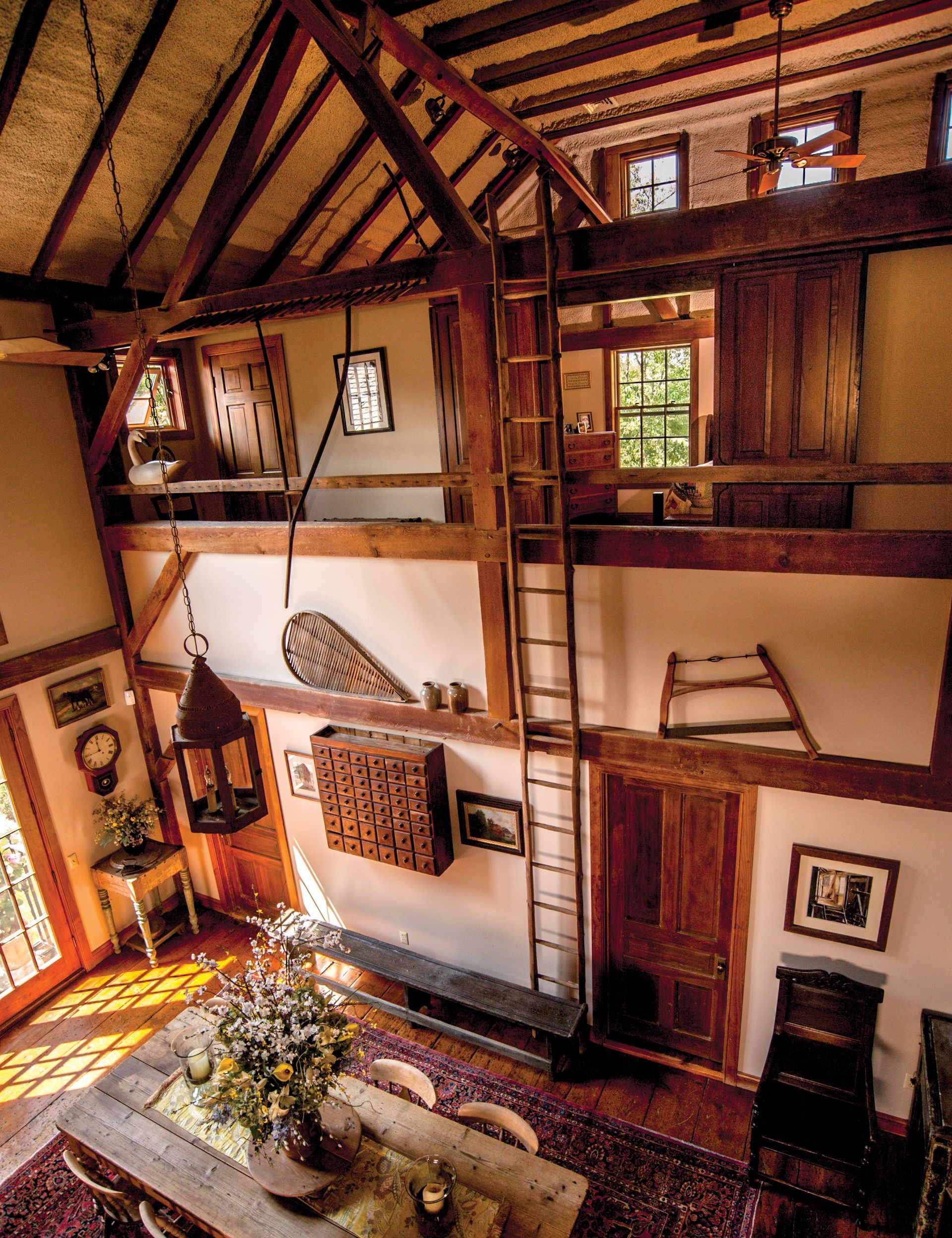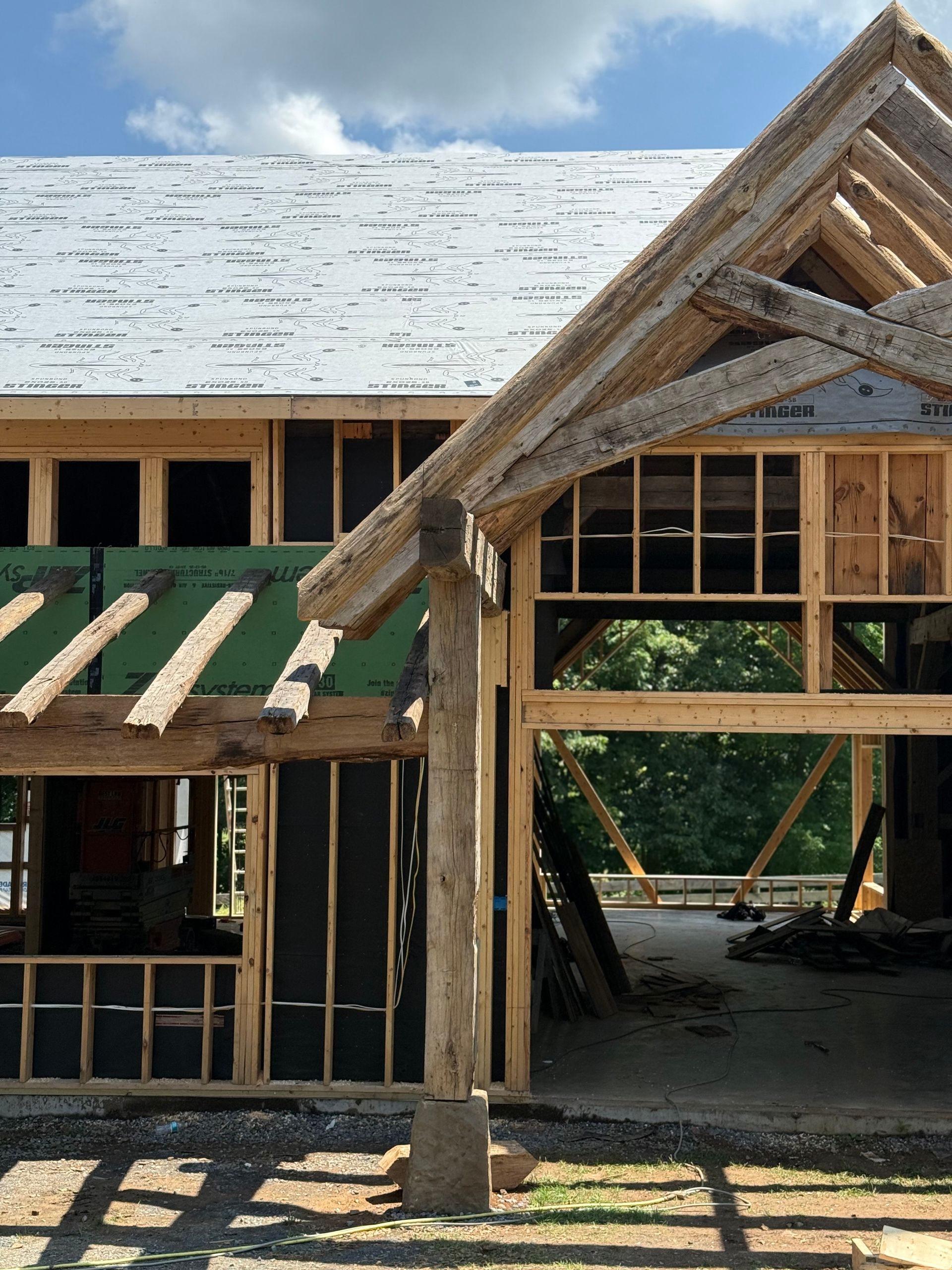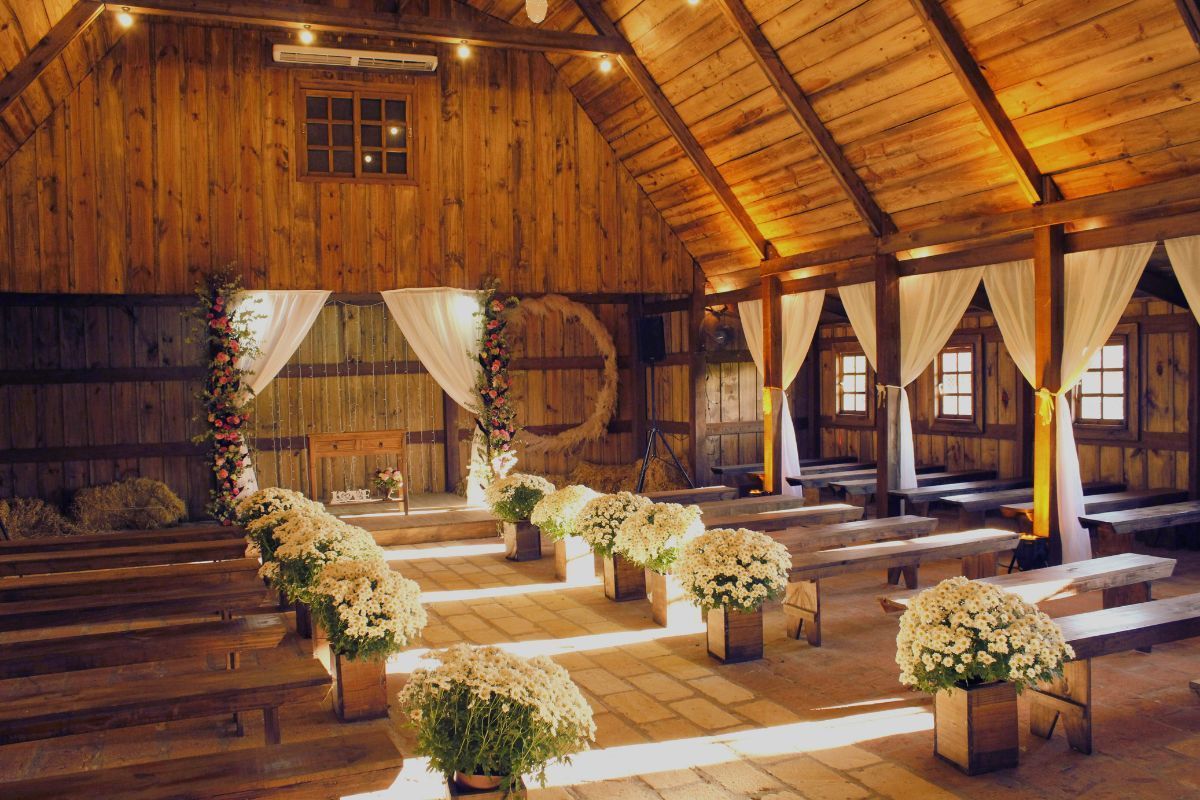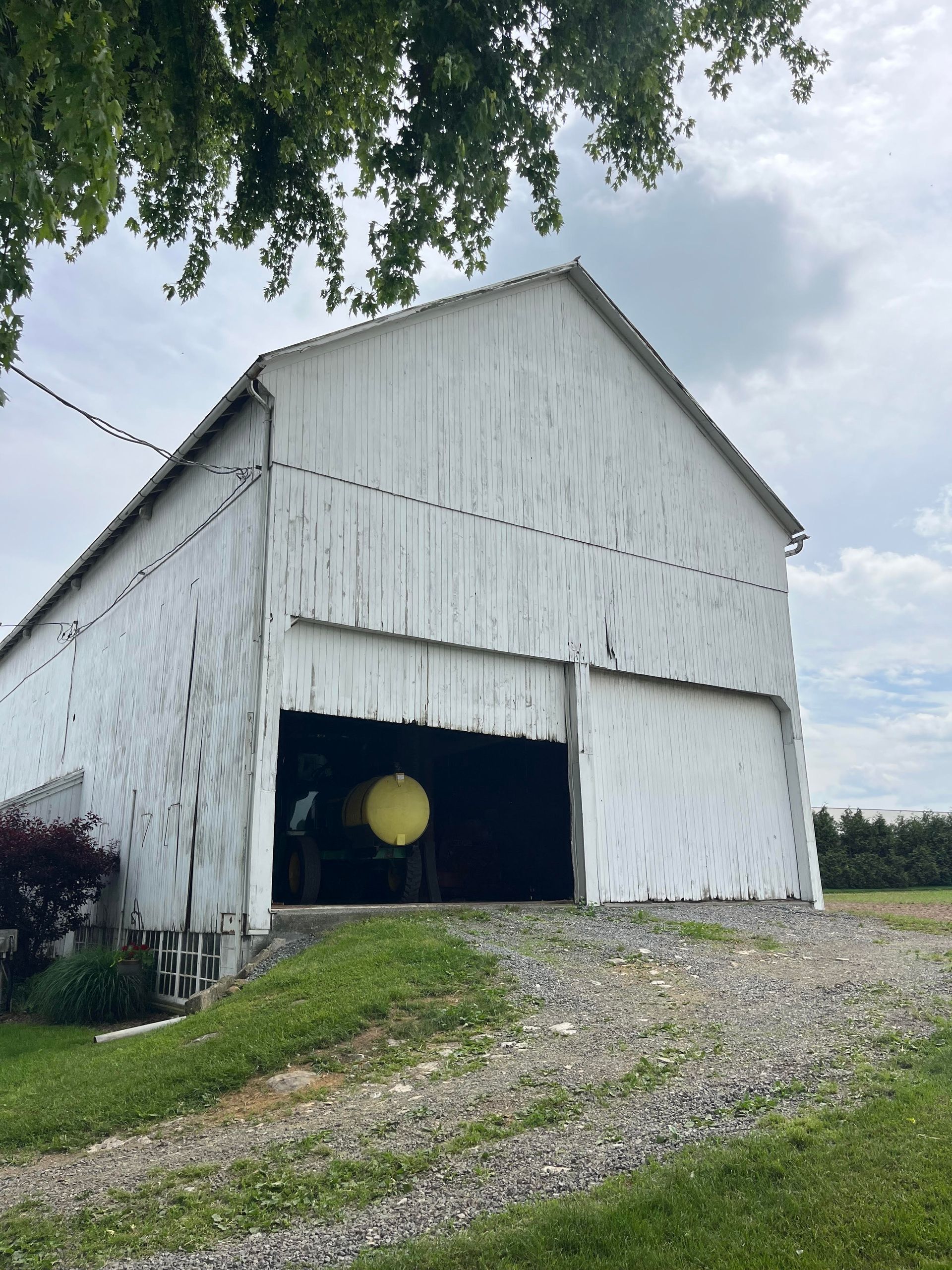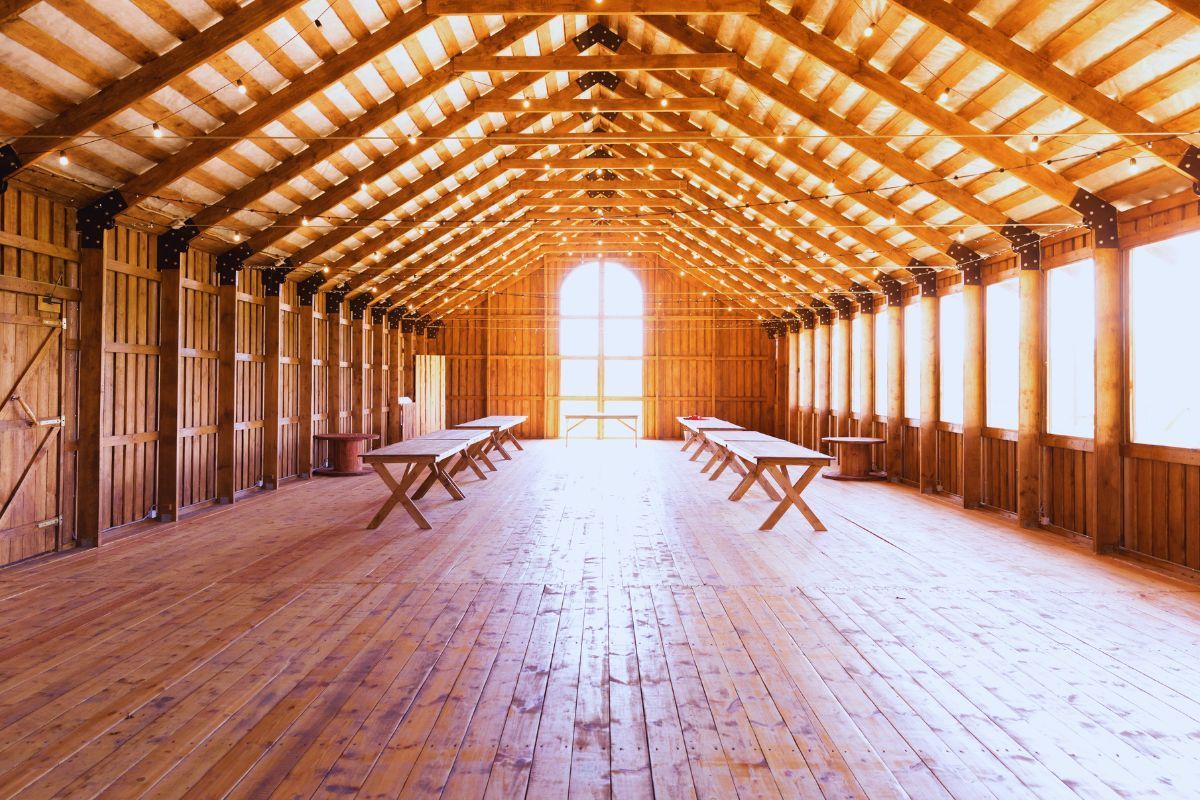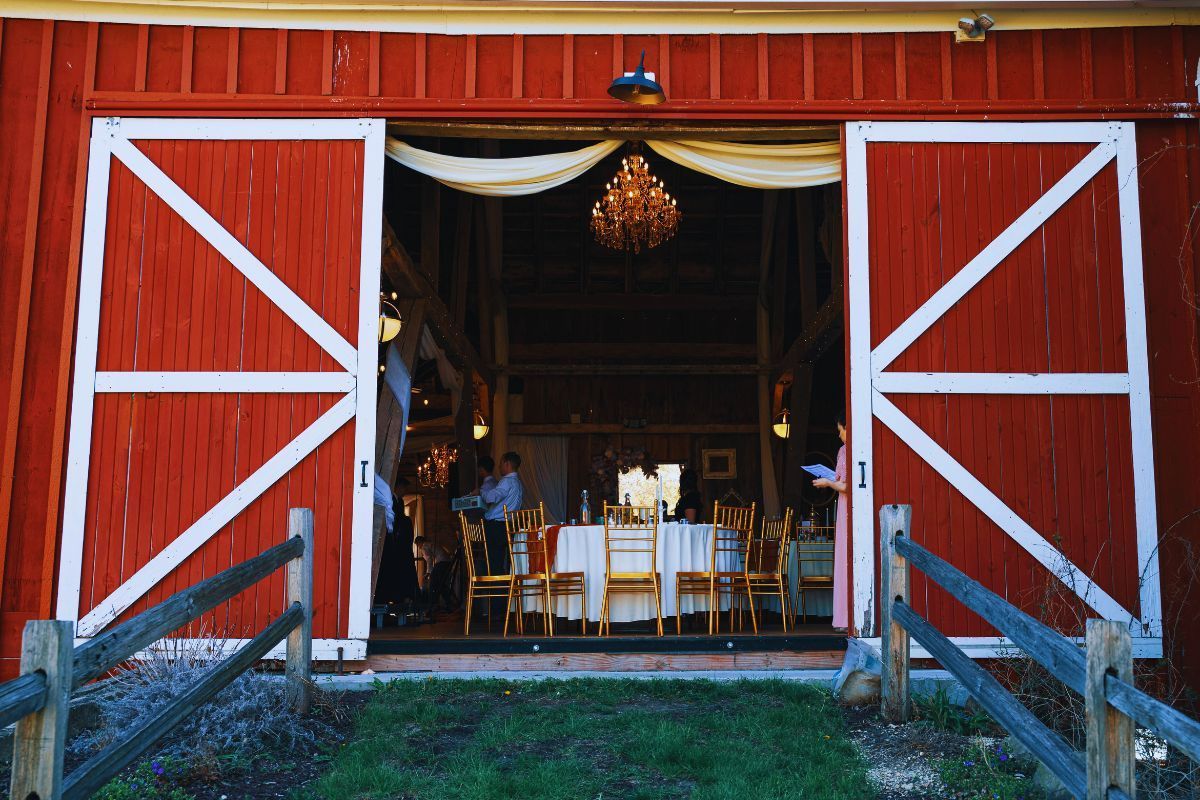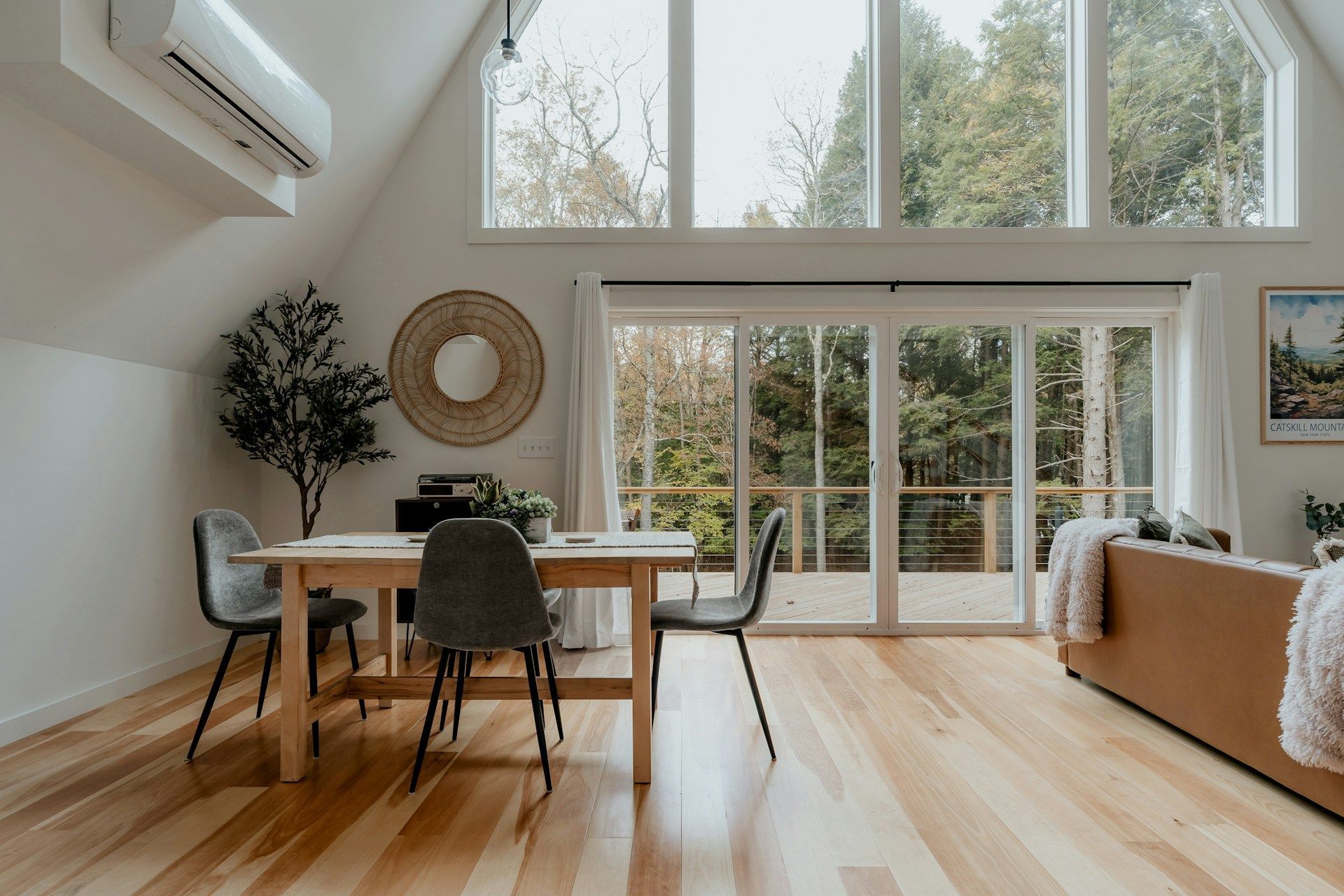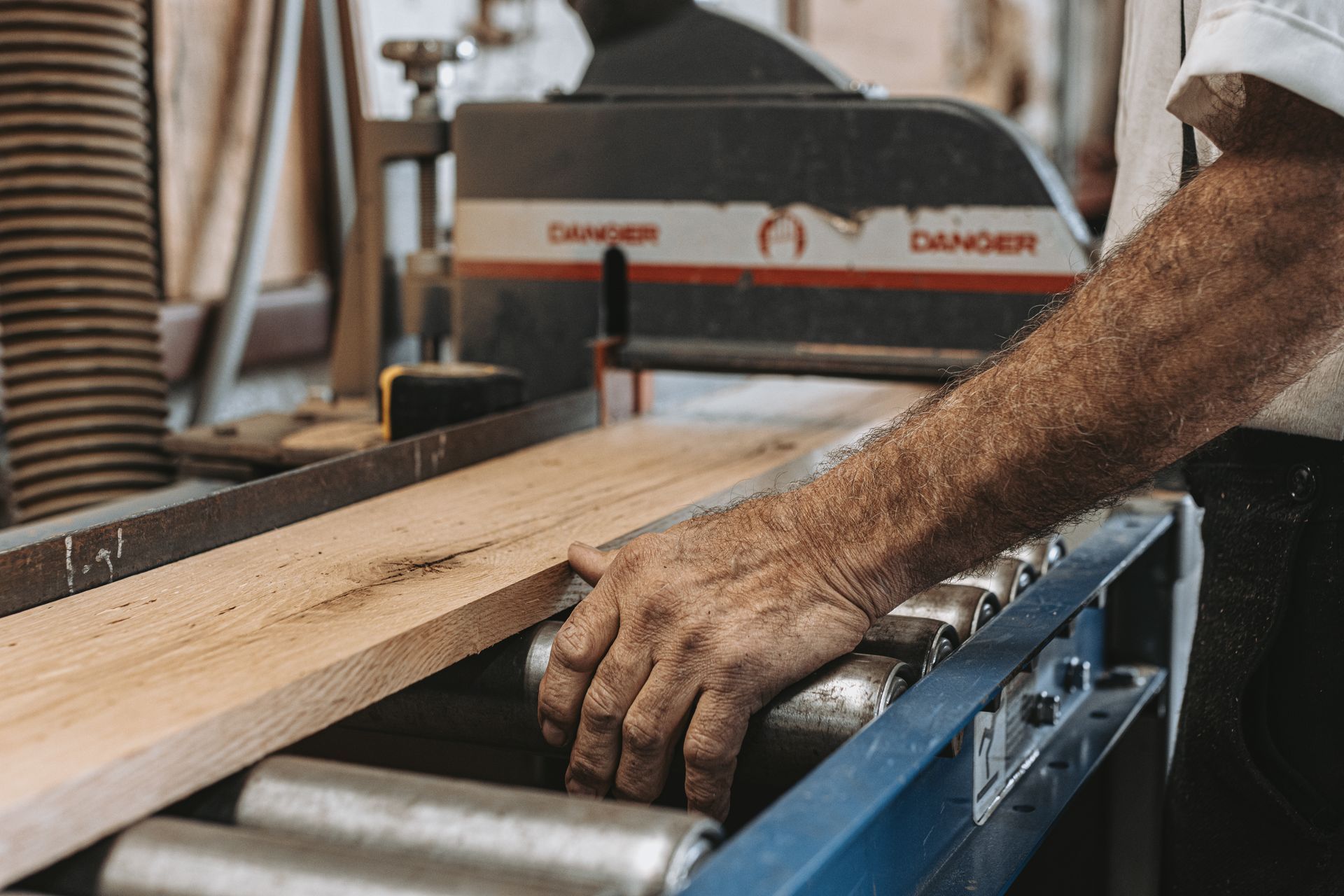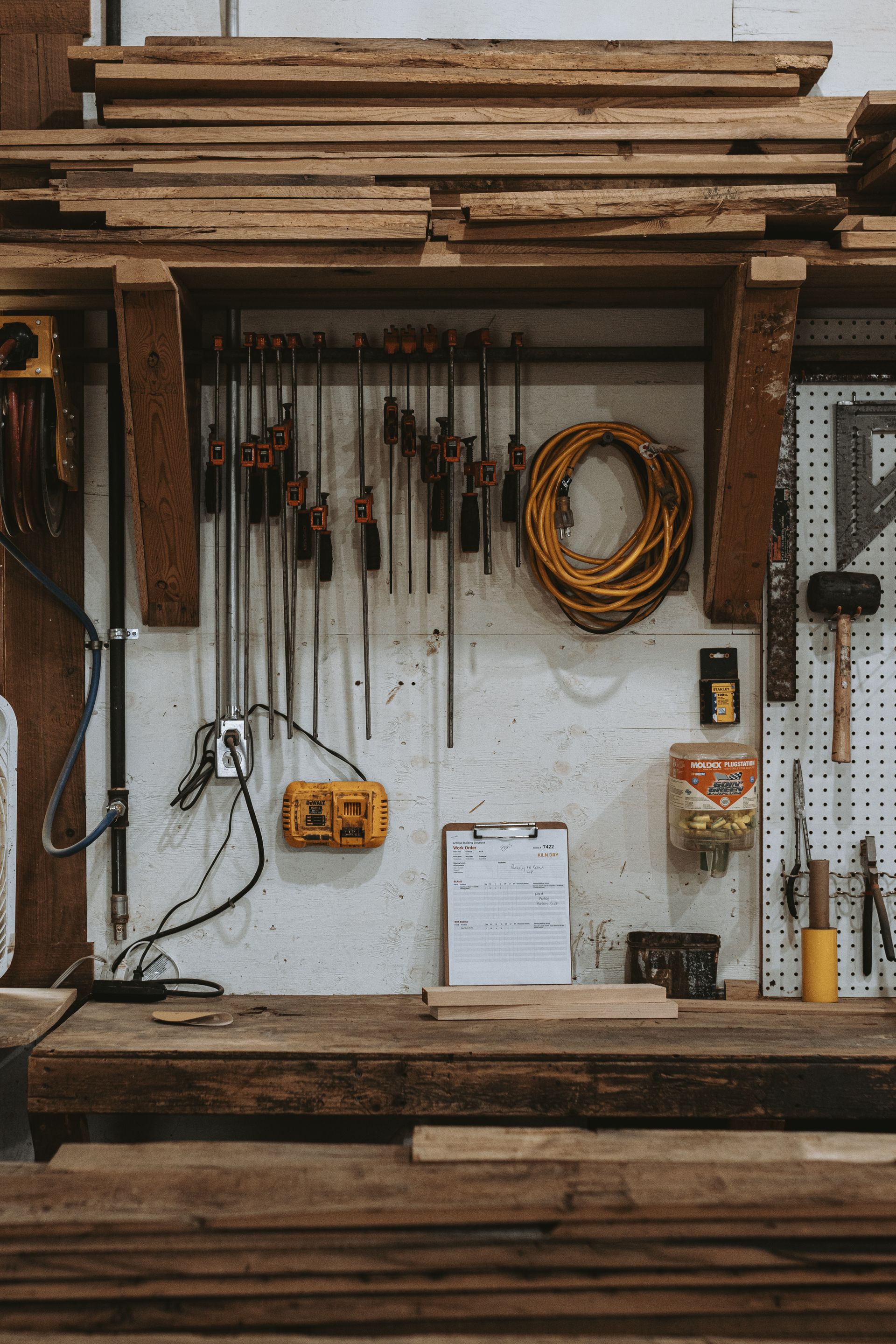Mistakes That Could Ruin Your Timber Frame Restoration
Avoid These Common Pitfalls in Timber Frame Restoration

Restoring historic timber frames is a careful process that combines preserving history with making sure the structure stays strong for years to come. Even with the best intentions, projects can go wrong when common mistakes aren't avoided.
Knowing these pitfalls helps homeowners, architects, and builders ensure a successful restoration.
Skipping a Thorough Assessment
Mistakes often start before any work is done on the timber frame. The assessment phase is crucial.
Missing Important Details
Before making any changes, it’s vital to document the structure carefully:
- Incorrect measurements: Failing to record the exact size of beams and other parts.
- Overlooking joints: Not noting how the pieces fit together.
- Ignoring carpenter marks: Missing markings left by the original builder to guide assembly.
- Overlooking old repairs: Not documenting what fixes were done previously or evaluating their success.
Without detailed records, valuable historical information is lost, and rebuilding becomes much harder.
Shallow Inspections
A surface-level check can miss bigger problems:
- Hidden rot: Decay that looks small on the outside, but is much deeper.
- Pests inside the wood: Bugs could have weakened beams from within.
- Joint problems: Failing to inspect connection points to see if they’re weakened.
- Load issues: Overlooking structural imbalances that might cause bigger problems.
A proper inspection, which might involve disassembling parts of the frame, is needed to catch all of these issues early.
Misunderstanding the Problem
Fixing the symptoms instead of the cause wastes time and money:
- Replacing rotted wood without fixing leaks leaves the new wood vulnerable to rot.
- Bracing sagging beams without addressing foundation issues won’t stop further settling.
- Treating old insect damage without checking for active infestations may overlook ongoing problems.
- Repairing loose joints without knowing why they failed could lead to repeated issues.
Understanding the reasons behind the damage is key to a long-lasting repair.
Using the Wrong Materials or Methods
The materials and techniques used can greatly affect the final result.
Picking the Wrong Wood
Not all wood is the same, and choosing the wrong kind can hurt the restoration:
- Different species: Using a wood type that doesn’t match the original changes the structure's strength.
- Moisture differences: Mixing modern kiln-dried timber with older air-dried wood can cause uneven movement.
- Fast-grown lumber: Modern wood grows quicker and behaves differently than older, slower-grown timber.
- Mismatched quality: Using construction wood for decorative or detailed parts can ruin the look.
Choosing the right wood often means sourcing specialized or reclaimed timber to match the original build.
Overusing Modern Fasteners
Too many modern fasteners like metal plates and screws can compromise the frame's historical authenticity:
- Metal overload: Excessive use of bolts and brackets changes the original design.
- Skipping wooden dowels: Not replacing original pegs with the same type reduces authenticity.
- Using glues instead of traditional joints makes future repairs more difficult.
- Nailing improperly where precise joinery is needed weakens the structure.
While some modern solutions might be needed for safety, they should only be used sparingly.
Cement Products on Wood
Cement-based materials can harm historic timber:
- Concrete patches hold moisture against the wood, causing it to decay faster.
- Mortar under sills prevents natural movement and traps water where it shouldn’t be.
- Cement paints and stucco seal moisture in rather than letting the wood breathe.
Using lime-based materials and ensuring proper drainage work much better for historic timber.
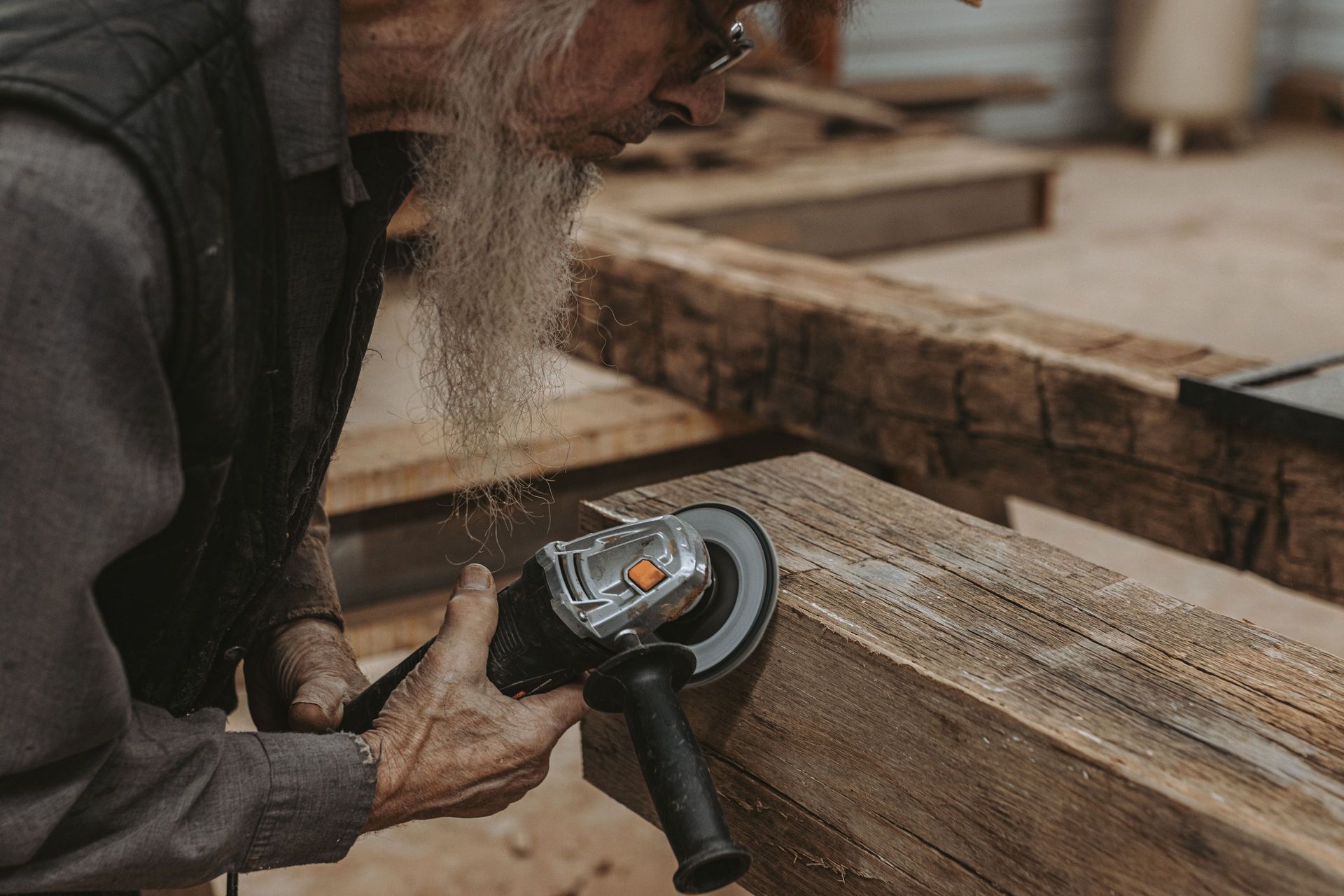
Weakening the Frame's Structure
Even the most beautiful restorations fail if the structure isn’t strong.
Damaging Key Connections
The joints holding the frame together are crucial:
- Shrinking replacement parts can weaken joints if they’re smaller than the original pieces.
- Incorrect peg holes in the wrong spot or size hurt the connection’s strength.
- Missing joint details like supports or shoulders make it easier for parts to move.
- Poor splicing methods don’t transfer weight correctly.
Every joint should be repaired with knowledge of both traditional methods and modern safety standards.
Ignoring Structural Forces
Timber frames are designed to handle different types of pressure, but this balance can be disrupted:
- Removing diagonal bracing takes away stability.
- Cutting major beams without supporting the area can cause sagging or collapse.
- Forgetting tension members leaves parts of the frame unable to resist pulling forces.
- Skipping solutions for sideways movement can lead to the frame twisting over time.
Restoring a frame means making sure it can still handle all these forces properly.
Poor Foundation Work
The timber frame relies on a solid and compatible foundation:
- Weak foundations can sink or fail under the frame’s weight.
- Bad drainage allows water to collect around the base, damaging the wood.
- Uneven support stresses the frame and causes cracks or shifts.
- Modern materials with no flexibility don’t complement the natural movement of the frame.
A good foundation should balance historical accuracy with modern reinforcement.
Losing the Building's Historic Value
Overdoing changes can strip away what makes a timber frame special.
Too Much Cleaning and Refinishing
Excessive surface work erases the building’s character:
- Sandblasting or power washing removes details like tool marks.
- Heavy chemical use destroys the patina formed over the years.
- Removing all stains eliminates marks that tell the story of the building’s past.
- Applying modern finishes creates an overly glossy, artificial look.
Gentle cleaning and focusing on stabilization are usually the best approach.
Straightening
Trying to make an old frame perfectly straight and level can cause problems:
- Forcing joints into place stresses the structure.
- Flattening visual quirks removes the charm and history from the timber.
- New stress points take stability away from settled parts of the frame.
- Altering the original joints weakens their strength.
Restorations should respect the frame’s current shape while improving its safety and function.
Erasing History
Aggressive changes can wipe out key elements of the structure’s timeline:
- Removing later modifications that are historically significant parts of the story.
- Replacing too much timber focuses on appearance rather than preserving history.
- Standardizing hand-hewn beams ruins the craftsmanship of the original frame.
- Hiding old repairs erases proof of past restorations and adaptations.
The best restorations honor the building’s full story while strengthening it for the future.
A Smarter Solution
Restoring a timber frame takes specialized skills, and mistakes can be costly. At Bay & Bent, we take a different approach. Instead of trying to repair decaying barns on-site, we focus on carefully dismantling historic frames, restoring them in a controlled workshop, and delivering them ready for reassembly.
This method ensures every step is done right:
- Complete and careful assessment.
- Use of period-correct wood and joinery methods.
- Expert structural repairs and updates.
- Preservation of unique character and history.
By focusing on precision and care, we provide high-quality, fully restored timber frames, ensuring these historical structures have a bright future.
Final Thoughts
Avoiding these common mistakes takes time, expertise, and respect for traditional building methods. By tackling restoration with care, we can protect these amazing pieces of history and give them a chance to last for generations. Whether you’re restoring a frame yourself or working with professionals, understanding these challenges helps ensure success.
For those wanting an easier, more reliable solution, Bay & Bent can provide expertly restored historic frames, blending tradition and modern needs while safeguarding history.
